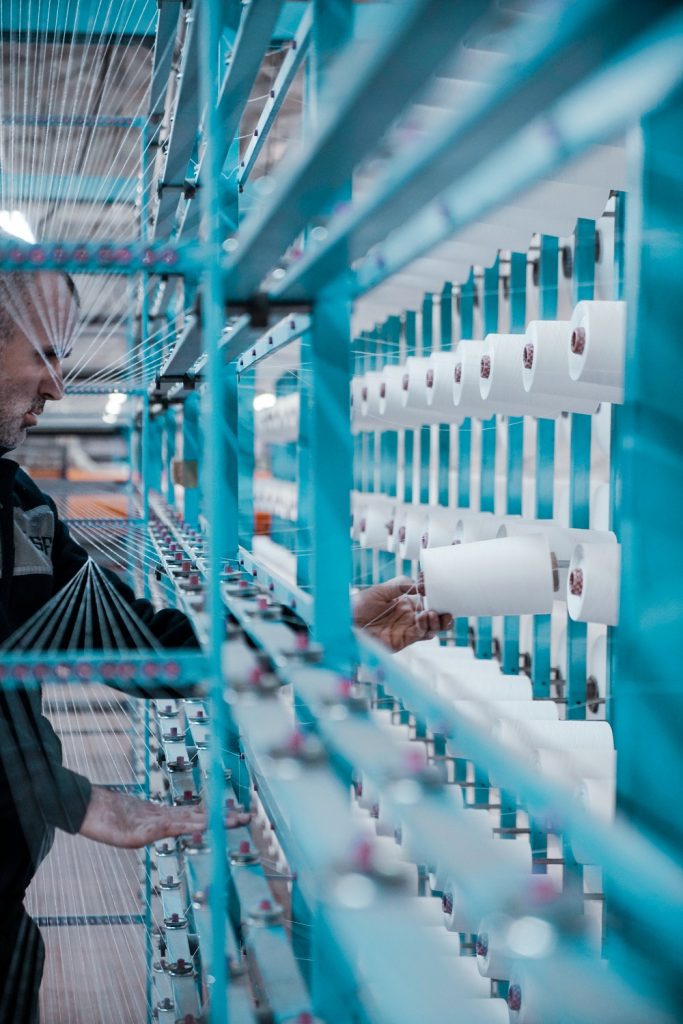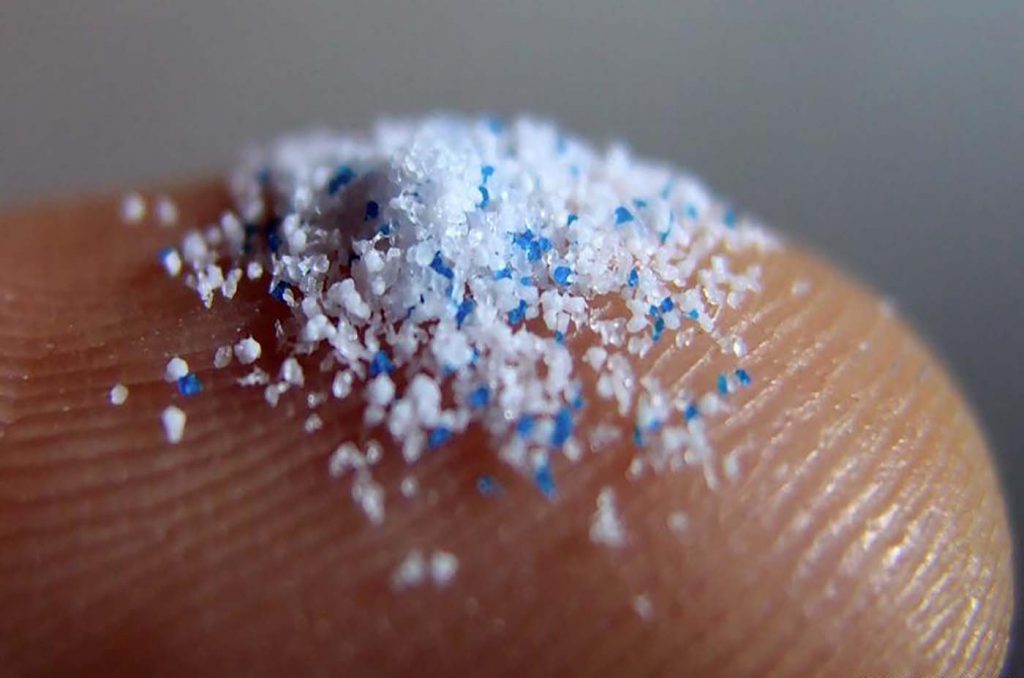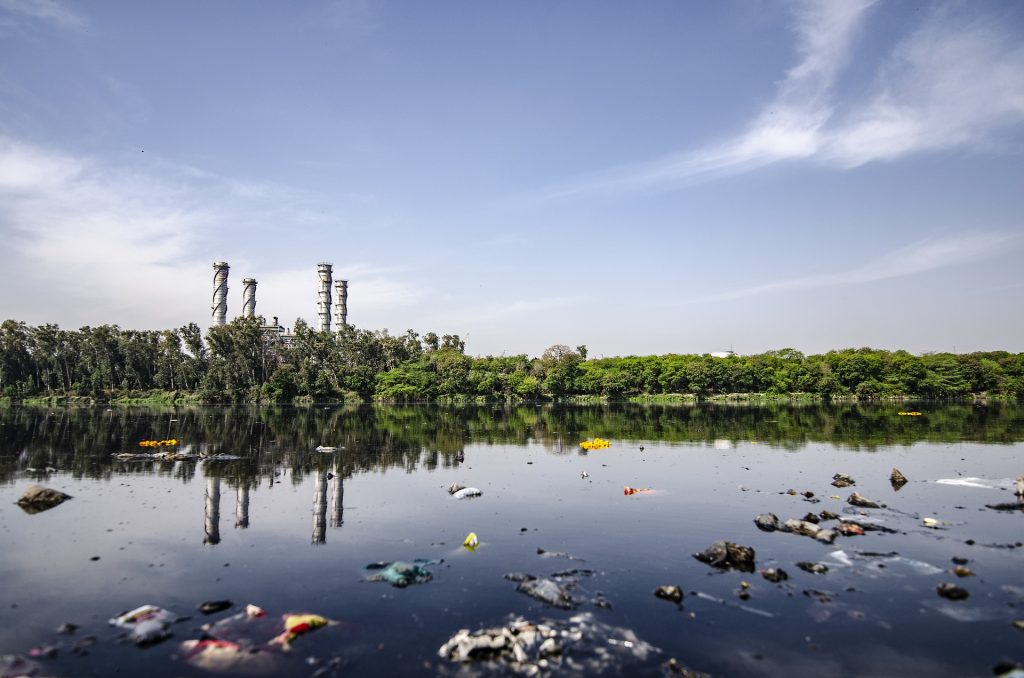inexpensive clothing produced rapidly by mass-market retailers in response to the latest trends.
You are sitting at home, and your phone rings. A friend is calling to ask you to come shopping with them. You have no plans, so you say yes and you two meet up at the local mall or shopping center. You go to countless retailers, and let’s say by the end of the afternoon you have spent $100 and gone home with 2 new pairs of pants, 3 new shirts, and maybe a cute new workout outfit. What a deal, right?!?!
You go home, and now you try to find space for all these new items of clothing. Problem is, your dresser is full. You manage to fit them in there and maybe wear the new outfits throughout the coming week.
More time passes and as we all do, you begin wearing the same 4 or 5 shirts, the same 2 pairs of pants or leggings, because let’s face it, unless it’s a nice party or fun event, we all typically wear the same few outfits the majority of the time.
You may not see a problem with this, but in actuality, we are contributing to so much plastic waste in our drinking water and our oceans, we are killing our environment and filling it with CO2, being extremely wasteful and supporting the horrible living conditions of sweatshop workers just by playing along with that exact scenario that you just read through?
How? Let’s talk about it!
For some reason, we have this idea that we need to be at the cutting edge of fashion trends. If it’s new, it’s better. If everyone is wearing it, we must also be wearing it. It doesn’t seem to matter if it was made in a sweatshop, what the material is, or how much of it ends up in landfills.
Fast fashion is second, only to oil, as the world’s largest polluter.
In fact, people around the world collectively buy more than 80 billion items of clothing each year! We are almost programmed to be impulsive shoppers. We are out, we see something we like in the window, and we are triggered in our heads and think that we must have that item of clothing.
According to the Huffington Post, each American throws away about 70 pounds of clothing and other textiles each year! That’s about the equivalent in weight to roughly 200 men’s T-shirts. With roughly 328 million Americans, that is about 22,960,000,000 pounds of clothing and textiles just thrown away each YEAR. Most of which end up in landfills, polluting our lakes, rivers, oceans and drinking water.

A massive Problem
According to a New York Times article, “More than 60 percent of fabric fibers are now synthetics, derived from fossil fuels, so if and when our clothing ends up in a landfill (about 85 percent of textile waste in the United States goes to landfills or is incinerated), it will not decay.” This means that it just sits there, polluting our Earth, our water, our air.
What are our clothes made of?
The sad truth is that most clothes are more likely to be made of materials and chemicals derived from fossil fuel-based crude oil. If you go into a clothing store and you look at the labels of the clothing, odds are that the majority of the clothing will be made mostly of polyester.
Polyester is a synthetic material, produced from oil…simply put, it’s plastic. When you wear polyester, you are essentially wearing fossil fuels. Every single time you wash your clothing, polyester microfibers go into the water. In one year-long study sampling from Florida’s coastline, microfibers made up 82% of the plastic found in the waters. Roughly 35% of microplastic pollution comes from us washing our clothing.
This does not mean to stop washing your clothes, because that would be unhygienic. However, this should make you think more about what you buy. Stop opting for the cheap clothing that contains polyester. You are not only supporting a terrible system, but you are also contributing to the pollution of our oceans, lakes, rivers and drinking water. You are consuming microplastic…it’s flowing through your body this very second.

How does fast fashion relate to CO2?
One polyester shirt has a 5.5kg (12 pound) carbon footprint, compared to just 2.1kg (4.63 pounds) for a cotton shirt.
Every year, global emissions from textile production are equivalent to 1.2 billion tonnes of CO2, a figure that outweighs the carbon footprint of international flights and shipping COMBINED.
From production of the clothing, to washing them, to discarding them when they no longer please us, we produce a carbon footprint that equals around 8% of global greenhouse gas emissions. According to Greenpeace, “If the fashion industry were a country, its emissions would rank almost as highly as the entire European continent.”
Who made my clothes?
While sweatshops are illegal in most countries, even clothing that is “made in USA” does not always mean ethical. Most workers in the “cut and sew” fashion industry in the US work grueling 12 hour shifts. The garments they make are being sold for anywhere from $5 to $75 and they will get paid maybe 3 cents for that work that went into making it. They are lucky if they make $5 an hour for all the work they do. So when you get a “great price” on that new pair of boots, you are literally putting a dollar value on someone’s life and livelihood.
Conditions are often terrible, they are overworked, underpaid, and usually have poor or no health insurance for them or their families. These workers are doing this work for so little because the majority of workers in this industry are immigrants, and sadly, the US does not treat immigrants with respect, even if they have citizenship. They are trying to survive in the “land of opportunity”…which to me is honestly a bullshit phrase.

So what can I do?
Statistics show that on average, a person will wear an item of clothing between 4 and 7 times before either getting rid of it, or letting it sit in their closet for years to come.
What we can do is pay attention. Read labels. Boycott fast fashion. You don’t need a new item of clothing every week, every other week. Buy sustainably made and ethical clothing. Yes, I realize these things are expensive, but the more we support those small businesses that produce sustainable clothing, and the less we shop fast fashion, the more affordable sustainable clothing will be.
Research companies. Stop buying clothing made from polyester and other synthetic fibers, stop buying cheaply made clothing that is mass produced. Support small businesses, support healthy working environments, support eco-friendly options.
While it is more expensive right now to do so, it also completely pays for itself if you aren’t buying something new every week, which we don’t need anyways. Don’t put a dollar amount on what’s best for the environment, don’t put a dollar amount on your fellow human beings who are working for next to nothing just so you can have that new shirt.
Think twice before buying
So I challenge all of you to do the following this week: Go through all your clothing. Anything you see that you can’t remember the last time you wore it, donate it. Do NOT throw it away, donate. Clothing, shoes, even items in your house that you no longer use. De-clutter.
I also challenge you to stop supporting fast fashion. If you want something new, think about where it comes from and think about if you really need it or if you could go without. It’s okay to treat yourself sometimes, but why not do something good for a small business and the environment while you’re at it?
Please leave us a comment and share this post with your friends. You can also follow us on Instagram @sproutedconsciousness. Until next time 😊
#boycottfastfashion



